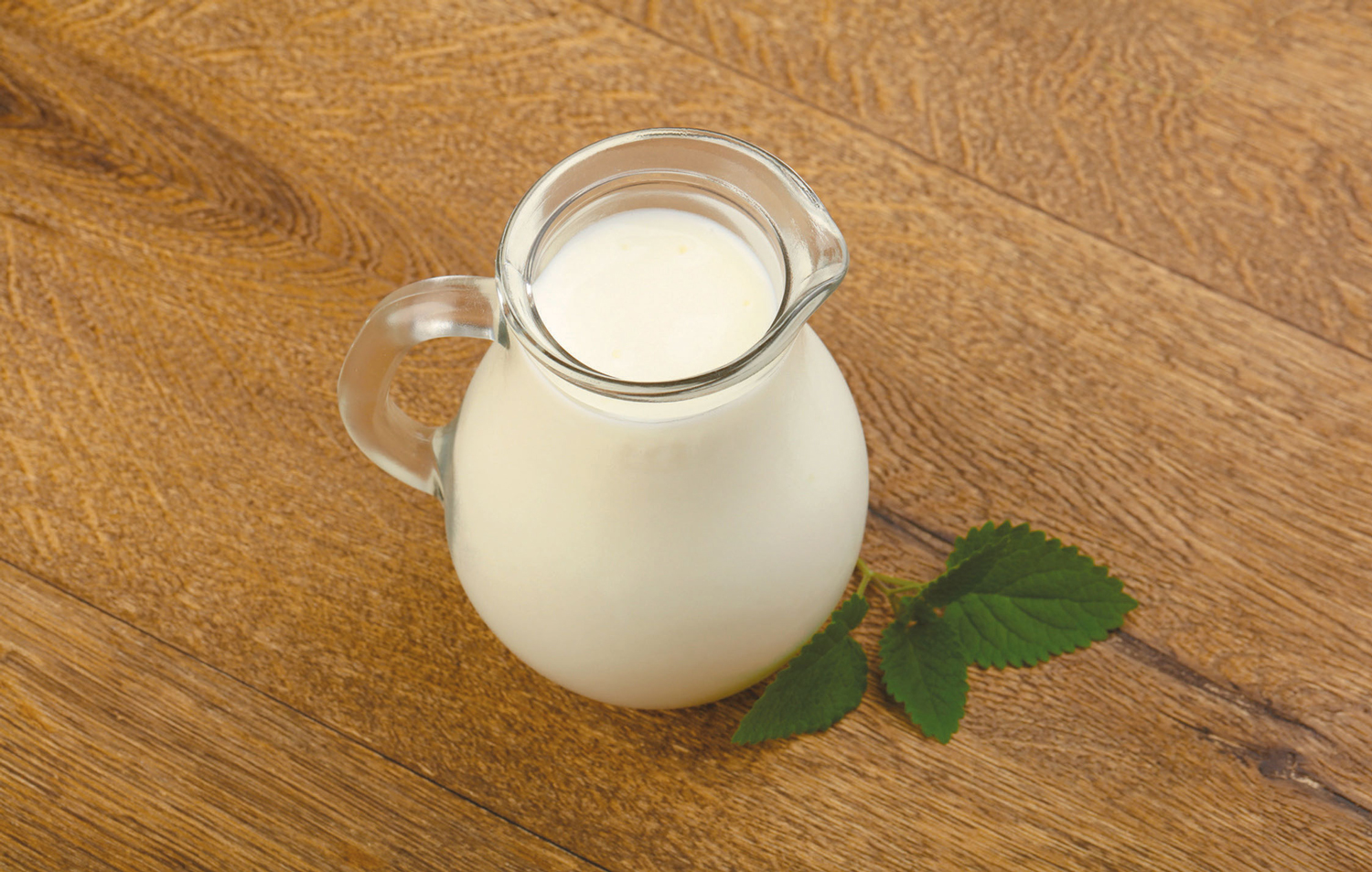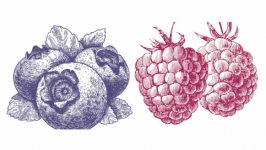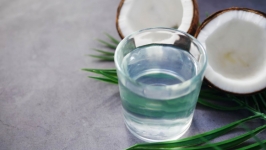Kefir Offers More than Just a Healthy Dose of Probiotics
Go With Your Gut
Kefir (pronounced kuh-FEER) is a fermented dairy drink common in Eastern Europe. In recent years, it’s been steadily gaining popularity in the United States. Hailed for its digestive benefits, kefir is typically made from cow’s milk but can also be made from goat’s milk, and there are non-dairy versions.
“Kefir cultures were first discovered hundreds of years ago, when milk was being transported throughout the Middle East in warm environments,” says Michael Tseytin, managing director of Latta USA, a kefir company based in Fairlawn. “As the milk started fermenting, the kefir grains were discovered.”
Kefir grains are not actually grains—they’re granules formed by the concentration of cultures. They resemble little bits of cauliflower. These cultures, full of beneficial bacteria, are responsible for the probiotic nature of kefir. Tseytin explains, however, that not all cultures are created equal.
“In conventional yogurt, cultures are often added that will not survive the acidity of your stomach.” For cultured foods to benefit you, he says, “the cultures need to make it through your stomach and continue to live in the digestive system.” Kefir is not only high in probiotics but contains many different strains. These are the good bacteria you want living in your body.
“Think of the digestive system as a jungle, where good and bad cultures compete for food,” he says. “The more good cultures you have, the fewer bad cultures can survive.” This makes for a strong digestive system, which is in turn responsible for a healthy immune system. Recent research has shown that the gut microbiome—the ecosystem of bacteria that lives in the gut—has a greater effect on health than was previously understood.
“A lot of people are worried about getting bacteria out of their system and use things like antibacterial soap and hand sanitizer—but we need some germs and bacteria in our digestive system in order for it to function properly,” says Robin DeCicco, holistic nutritionist at the Graf Center for Integrative Medicine at Englewood Hospital. “Probiotics help put good bacteria into your microbiome. People who get sick a lot or are prone to colds, fl u, autoimmune disorders, or have a weak immune system often do not have a proper ratio of good bacteria.”
DeCicco explains that fermented foods like kefir are easier to digest than their unfermented cousins, such as fresh milk, since bacteria eat the sugar in milk (lactose) and break it down. This is good news for those those who have lactose sensitivities, and it also makes nutrients in milk like calcium, magnesium, B vitamins, and riboflavin easier to absorb.
“When folks age, some develop arthritis and osteoporosis and need more calcium. Many turn to dairy to fulfill this need, which can be difficult if you have a lactose sensitivity,” she says. Turning to fermented dairy products such as kefir can help provide that calcium without the stomachache.
DeCicco explains that there are also active yeast cultures in kefir, which further supports digestion.
“The yeast that comes from refined carbohydrates and sugars and processed foods causes yeast infections or candida. Yeast that comes from fermented foods is beneficial and kills bad bacteria,” she says.
So, how much probiotic food should you consume? “It depends on the person and what they have going on in their body,” she says. You shouldn’t go overboard. “Overconsuming probiotics can throw your body off and cause distress. It’s about finding the right balance. Ask a nutritionist or health professional if fermented foods should be a regular part of your diet.”
Shanti Church, who co-owns Talula’s Pizza in Asbury Park with her husband Steve Mignogna, first started making her own kefir at home. “I would make it for breakfast every morning. I wanted others to enjoy it as much as I did, so I decided to put it on the menu,” she says. They serve theirs with honey, jam, and freshly ground cardamom.
Church explains that making kefir is a daily process. It begins with adding kefir grains to milk and letting it sit at room temperature for 24 hours. Afterward, the grains are strained from the milk (which is now fermented and can be refrigerated) and used to start the process again. “The grains multiply after each fermentation,” says Church. “You start with about a quarter-sized amount of kefir grains, but they gradually multiply after each use. The more grains you have, the faster the milk ferments,” she says. At some point you have to take some grains away so that the milk doesn’t ferment too quickly and get sour.
Since not many people knew what kefir was, it took a little time to catch on in the restaurant. “We put up a sign saying we were making it and listed all its healthy aspects. Before long, people starting asking questions and trying it, and we now have quite a following,” she says.
Until recently, kefir has been found mainly in health-food markets. Now it’s available in many grocery stores, and you can even buy kefir grains online to make your own.
Tangy and tasty, kefir is an unusual drink with sweet rewards.
Matcha Smoothie Recipe
- 2 cups plain kefir
- 1 ripe banana
- 1 green apple, cored, with the skin left on
- 3 tablespoons honey
- 4 teaspoons matcha powder
- 2 ice cubes
- A splash of milk (optional)
Blend all ingredients in a blender until smooth, starting on low speed and then finishing on high speed. If using milk, add in a little at a time to adjust the consistency. Serve immediately after blending.
Other ways to use kefir:
- In smoothies
- In place of buttermilk in cooking and baking
- In salad dressings
- With granola or other cereal
- In place of sour cream
Courtesy of Latta USA, lattausa.com









